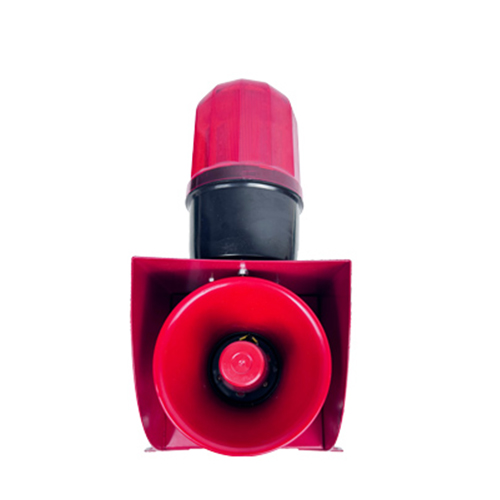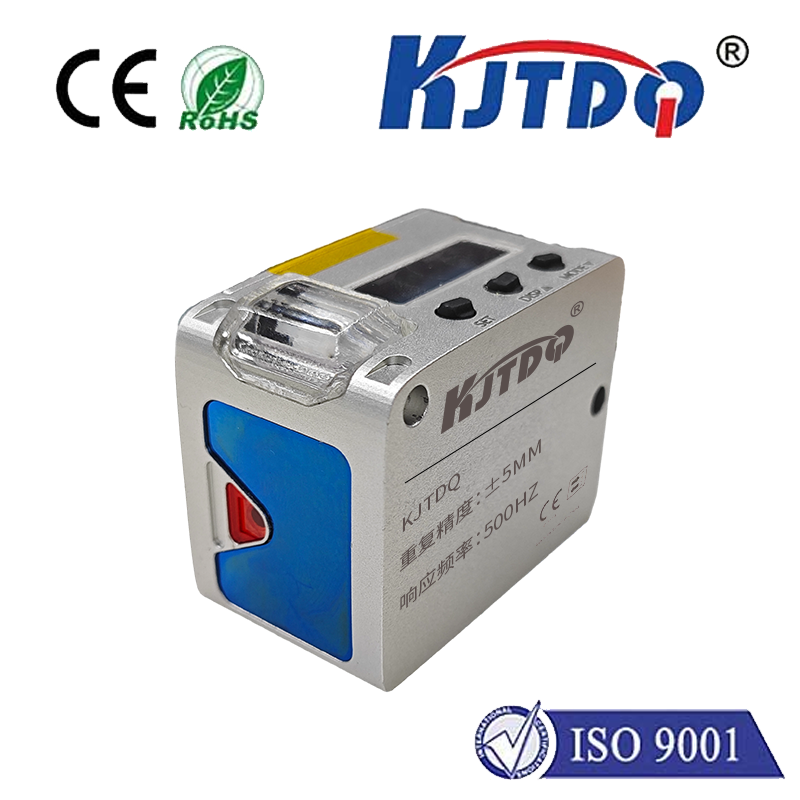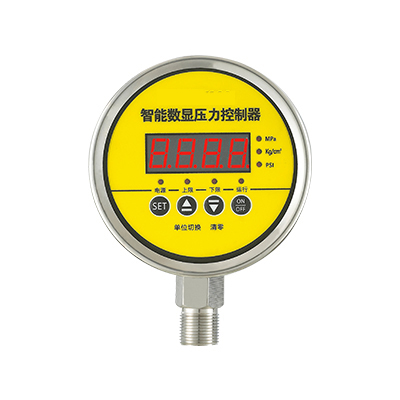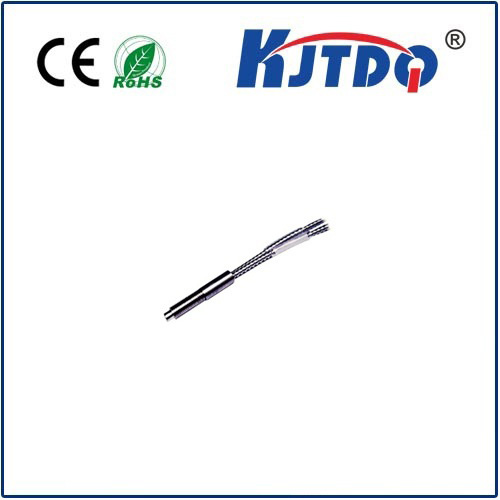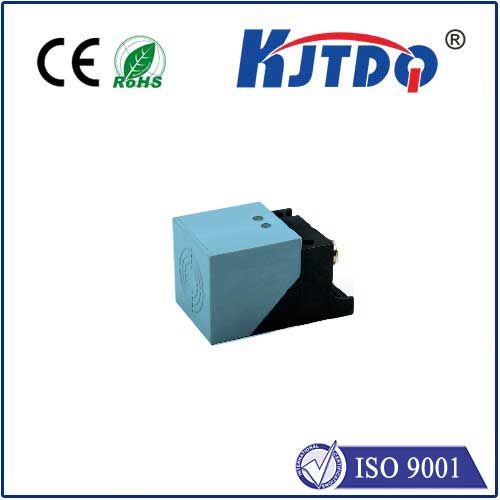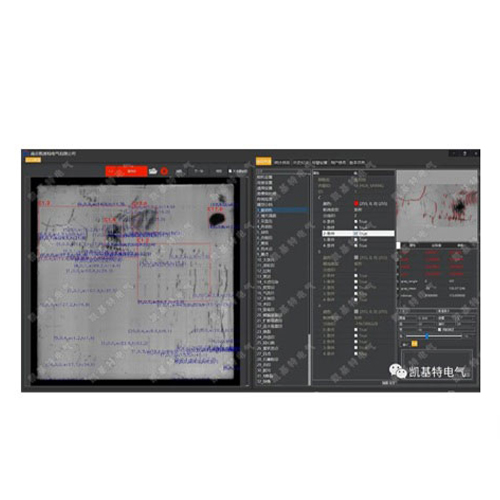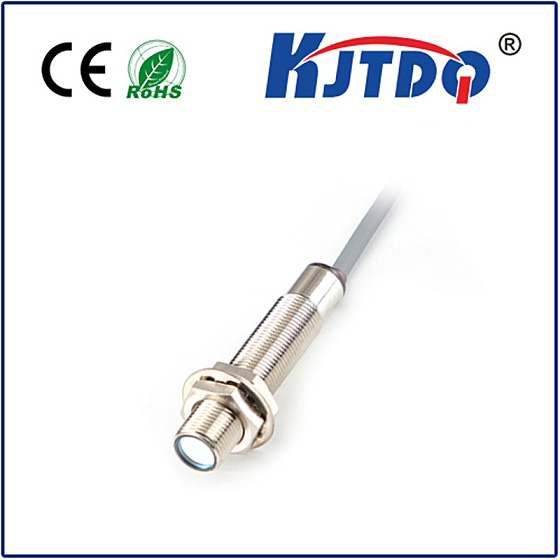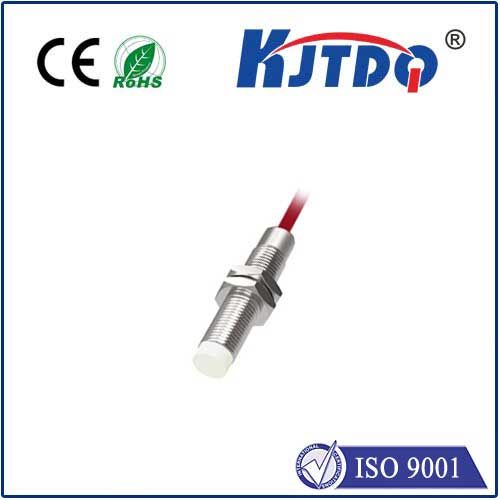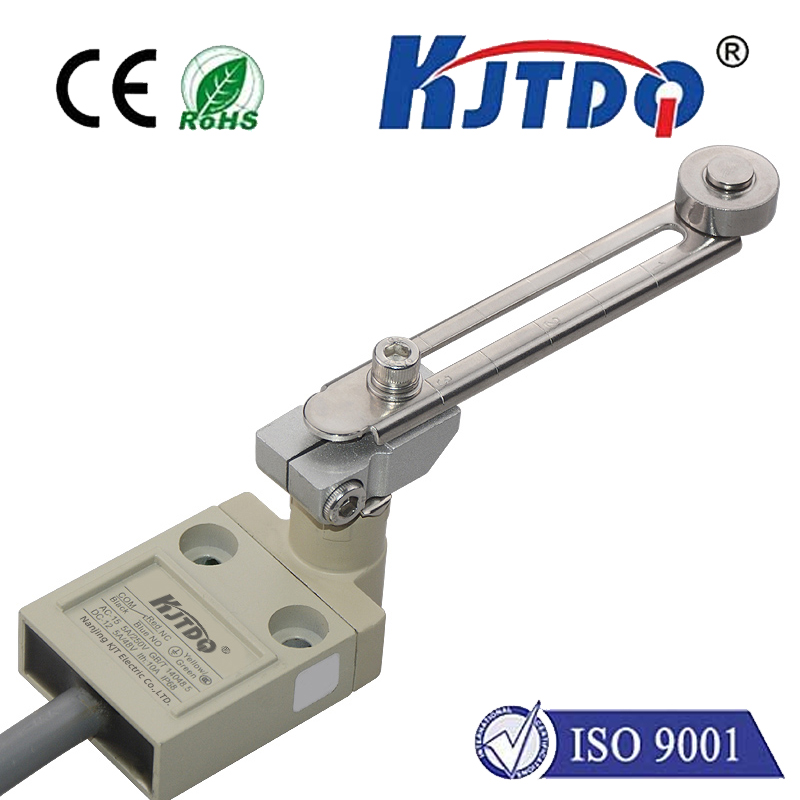The industrial world thrives on precision and adaptability. When machinery needs to start, stop, or change function at exact positions, limit switches are the unsung heroes. But what happens when those critical positions change? Enter the Регулируемый ограничительный переключатель, a fundamental component designed for flexibility in an ever-shifting landscape of production requirements and control systems. These versatile devices empower engineers and maintenance teams to fine-tune operations without costly replacements or complex rewiring.
Unlike their fixed counterparts, adjustable limit switches feature mechanisms that allow operators to modify the actuator’s trip point – the precise position where the switch activates or deactivates. This seemingly simple capability unlocks significant operational advantages. Imagine a production line reconfigured for a new product size, or the seasonal adjustment of a damper position in an HVAC system. With a fixed switch, such changes often necessitate physical relocation, downtime, and potential recalibration headaches. An adjustable limit switch, however, can be quickly reconfigured on-site, often with simple tools or even tool-free designs, minimizing disruption and maximizing productivity.

The core functionality remains the same as any limit switch: an external force (via a roller lever, plunger, whisker, or other actuator) moves the device’s internal mechanism, opening or closing electrical contacts to signal a control system (PLC, relay, motor starter) that a specific physical position has been reached. This is vital for tasks like:
What truly sets the adjustable limit switch apart is its inherent adaptability. Key methods of adjustment include:
The benefits of integrating adjustable limit switches into machinery and processes are substantial:
Selecting the right adjustable limit switch requires considering several factors: the required adjustment range (how much travel adjustment is needed), the level of precision required (fine vs. coarse adjustment), the operating environment (IP rating for dust/water ingress, temperature range, potential for corrosive substances), actuator type (dictated by the motion being detected - linear, rotary, slow, fast), electrical ratings (voltage, current, AC/DC), and the desired contact configuration (SPST, SPDT, etc.).
From packaging lines that constantly shift product sizes to material handling systems adapting to different pallet types, and from automated doors needing seasonal sensitivity changes to complex robotic arms requiring precise positional triggers, adjustable limit switches provide the indispensable link between rigid mechanical movement and adaptable electronic control. They embody the principle that control endpoints shouldn’t be a fixed constraint, but a configurable parameter. By enabling precise, on-the-fly adjustments, these robust components streamline operations, boost efficiency, and offer a level of control system agility that is essential in modern, dynamic industrial settings. Their inherent versatility makes them not just a sensor, but a strategic tool for optimizing performance.
